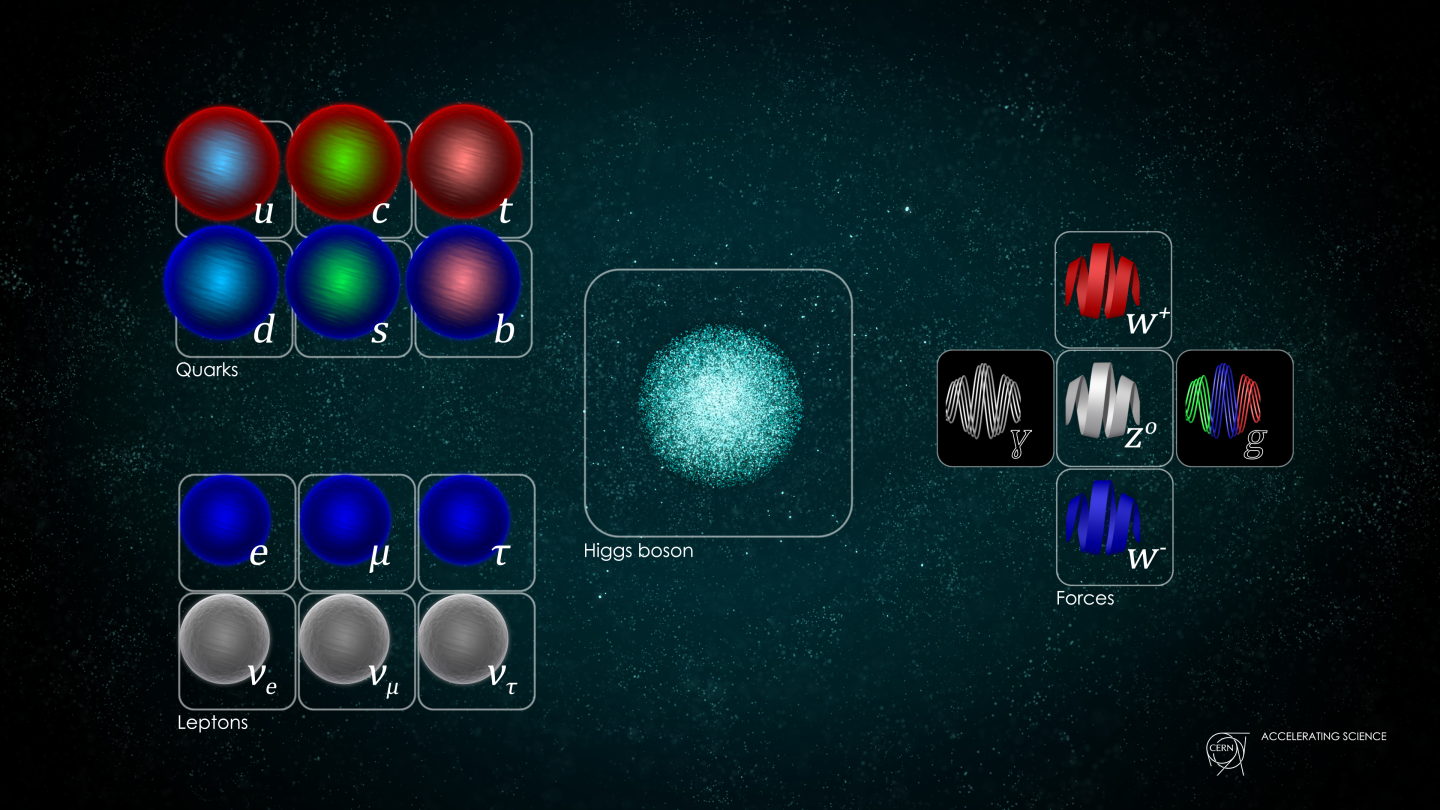
The strong force
The strong force out-competes the electromagnetic force on short distances to hold protons together in atomic nuclei. Nuclear matter can be studied in particle colliders and astrophysical objects like neutron stars. The quantum effects of particles that feel the strong force are important for many measurements in particle physics, including the recently measured anomalous magnetic moment of the muon. Many theoretical predictions of the effects of the strong force rely on the numerically-intensive work that requires supercomputers.
News about Strong Force
First flight of HELIX
2024-07-10
The High Energy Light Isotope eXperiment is designed to measure various isotopes of cosmic ray nuclei, which are sensitive to the history of propagation of these energetic particles through our Milky Way galaxy, and which are linked to energetic interactions in the interstellar medium (yielding antimatter as well as rare nuclei). The instrument had its first stratospheric balloon flight on May 28, 2024 from the Esrange rocket/balloon base in northern Sweden, landing on Ellesmere Island in the Canadian high Arctic after more than 6 days. The Penn State group includes IGC faculty Stephane Coutu and Isaac Mognet, and past and present students Heather Allen, Carl Chen, Alex Pazoki and Monong Yu.
